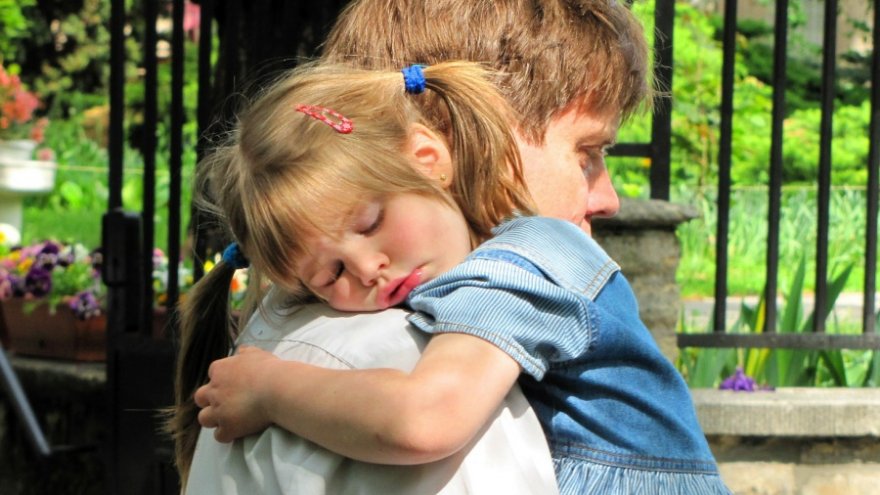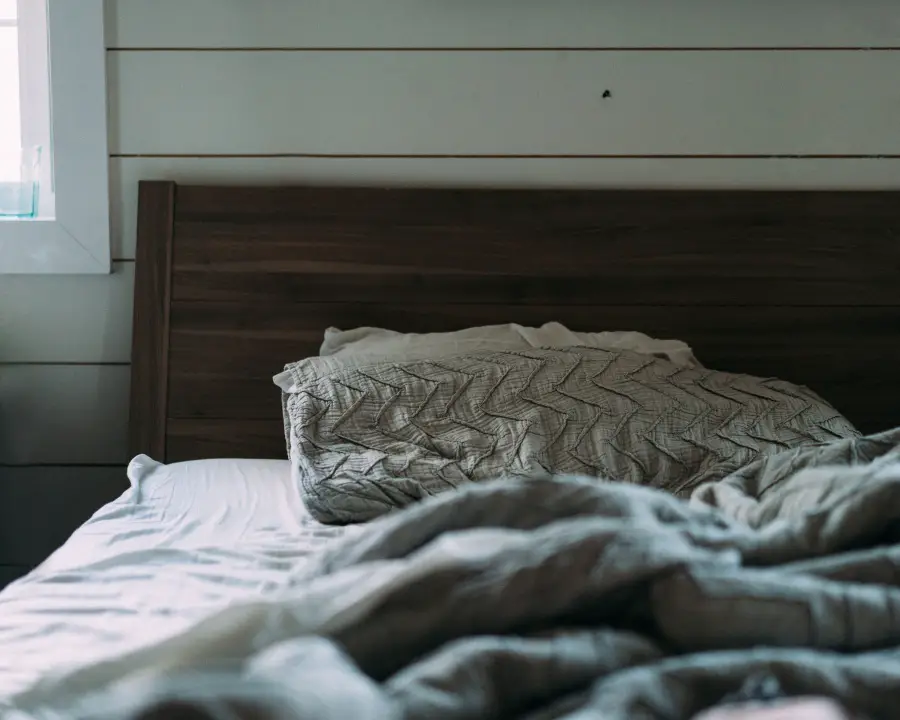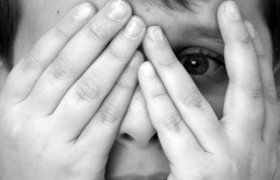How to Keep Sleepwalking Children Safe

It’s the middle of the night when you hear something in the living room. Everyone should be asleep and immediately your anxiety hits the roof. Is there an intruder? You get up and cautiously, and quietly go in search of the noise. When you reach the living room you find out that not only is there no intruder but that your child is just staring at the wall with a vacant look on their face. When you ask them what’s going on, there’s no response. It’s happened again, your child is sleepwalking. As frightening as sleepwalking can be, it’s mostly harmless as long as you’ve prepared your house for it and prepared yourself to know what to do when it happens.
What is sleepwalking?
Sleepwalking, also called somnambulism, is a normal part of childhood for at least 17%-20% of children having one or more instances of it. Children usually have sleepwalking episodes around 2-3 hours after going to bed, and sleepwalking can happen more often if a child is stressed, has a disruption to their sleep routine, or is just not getting enough good sleep. Most sleepwalking incidents last between 5 and 15 minutes and a child may not remember anything about them when they wake up in the morning. Sleepwalking generally occurs between the ages of 4 to 8 years old with many children outgrowing it after that, however, if there are underlying health issues a child may continue to have sleepwalking episodes well into adulthood.
Recognizing and reacting properly to sleepwalking is a learning experience. Sleepwalking can be as extreme as walking around the house or even trying to leave the house, but it can also be milder like repeatedly opening and closing their bedroom door or talking during their sleep. Sometimes a child who talks during sleepwalking will be coherent and able to carry on a simple conversation with you, but most of the time they will be mumbling, not making any sense and unable to recognize that you’re talking to them or even respond.
 While it’s not always easy or even possible to prevent sleepwalking it’s still worth a shot. Keeping their bedtime routines on track with a set bedtime and a predictable routine before it can be helpful. Getting enough exercise and sunlight during the day can help prepare the body for rest. Although children may be afraid of the dark, keeping their room dark can help their bodies know it’s time to sleep and release hormones to help with that. Having a nightlight is okay but be sure to pick one that doesn’t put out too much light so that the room can be dark enough to sleep. Make sure your child uses the restroom before going to bed and avoid drinks too close to bedtime, especially ones with caffeine. If your child is sleepwalking regularly a visit to the doctor is a good plan as there may be underlying health issues like sleep apnea, that are causing the episodes. Your doctor may order a sleep study to help figure out the what and why of your child’s sleepwalking problems. They may even suggest tracking when your child is sleepwalking and if a pattern emerges waking them up 15-20 minutes before an expected sleepwalking event to subvert it and hopefully change your child’s sleeping schedule to prevent them in the future. You should definitely talk to your doctor first before trying this plan though as it may not be helpful or recommended in every situation.
While it’s not always easy or even possible to prevent sleepwalking it’s still worth a shot. Keeping their bedtime routines on track with a set bedtime and a predictable routine before it can be helpful. Getting enough exercise and sunlight during the day can help prepare the body for rest. Although children may be afraid of the dark, keeping their room dark can help their bodies know it’s time to sleep and release hormones to help with that. Having a nightlight is okay but be sure to pick one that doesn’t put out too much light so that the room can be dark enough to sleep. Make sure your child uses the restroom before going to bed and avoid drinks too close to bedtime, especially ones with caffeine. If your child is sleepwalking regularly a visit to the doctor is a good plan as there may be underlying health issues like sleep apnea, that are causing the episodes. Your doctor may order a sleep study to help figure out the what and why of your child’s sleepwalking problems. They may even suggest tracking when your child is sleepwalking and if a pattern emerges waking them up 15-20 minutes before an expected sleepwalking event to subvert it and hopefully change your child’s sleeping schedule to prevent them in the future. You should definitely talk to your doctor first before trying this plan though as it may not be helpful or recommended in every situation.
Preventing sleepwalking
Once you’ve done what you can to try to prevent sleepwalking the next step is to try to make it as safe as possible. Most of the baby proofing you did on your house when your child was a toddler can carry over and be helpful. Things like putting gates at the top and bottoms of staircases, keeping firearms and weapons secured, putting cabinet locks on any cabinets or drawers with dangerous items like knives or toxic chemicals, and making sure all doors to the outside are locked and secured are easy ways to use what you already have to keep your child safe.
If your child is sleepwalking though, you’ll need to go a bit further than just basic childproofing, especially as they age. Making sure the door to the outside is locked may not be enough if they are able to unlock the door. While purposeful motions like this are not common during sleepwalking they are possible, so putting the second lockout of their reach can be helpful but make sure it’s not too hard to access in case of an emergency.
Having a door alarm on their bedroom door can be a great way to alert you of them wandering the house, they sell them online for low prices and installation is usually as easy as attaching them with double-sided tape.
If you find your child sleepwalking it’s always better to try to guide them back to bed than to try to wake them up. A child sleepwalking is not necessarily having a bad dream, but waking them up can be frightening and disturbing and disrupt their ability to get back to sleep.
 Traveling can be another concern, while you’ve done all you can to prevent sleepwalking and made your house as safe as possible for when it does occur, visiting another house or a hotel can be nerve-wracking for the parents of a sleepwalking child.
Traveling can be another concern, while you’ve done all you can to prevent sleepwalking and made your house as safe as possible for when it does occur, visiting another house or a hotel can be nerve-wracking for the parents of a sleepwalking child.
Make sure you let your hosts or the hotel know that your child sleepwalks, how to recognize it and what to do when it happens. Investing in a hotel door alarm can be a great way to be alerted if your child is attempting to leave the room.
Having a sleepwalking child can be stressful on parents, so take care of yourself too making sure you get enough sleep. Take turns with your partner to be on guard those first few hours after sleeping to make sure that both of you are getting enough rest. If your child is able, have a discussion with them while they’re awake about what may be causing the sleep disturbances, and let them take part in making a game plan for prevention and suggesting things that might help them to sleep through the night.






